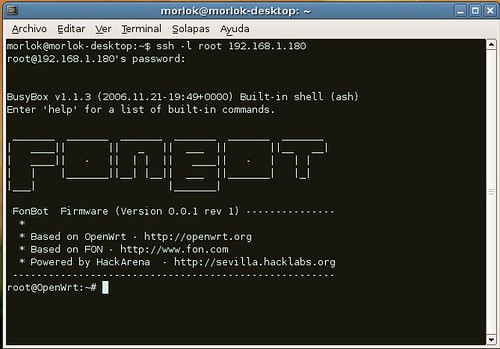Seminar on Positive thinking
Optimism is a mental attitude or world view that interprets situations and events as being best (optimized), meaning that in some way for factors that may not be fully comprehended, the present moment is in an optimum state. The concept is typically extended to include the attitude of hope for future conditions unfolding as optimal as well. The more broad concept of optimism is the understanding that all of nature, past, present and future, operates by laws of optimization along the lines of Hamilton's principle of optimization in the realm of physics. This understanding, although criticized by counter views such as pessimism, idealism and realism, leads to a state of mind that believes everything is as it should be, and that the future will be as well. A common idiom used to illustrate optimism versus pessimism is a glass with water at the halfway point, where the optimist is said to see the glass as half full, but the pessimist sees the glass as half empty.  The word is originally derived from the Latin optimum, meaning "best." Being optimistic, in the typical sense of the word, ultimately means one expects the best possible outcome from any given situation. This is usually referred to in psychology as dispositional optimism. Researchers sometimes operationalize the term differently depending on their research, however. For example, Martin Seligman and his fellow researchers define it in terms of explanatory style, which is based on the way one explains life events. As for any trait characteristic, there are several ways to evaluate optimism, such as various forms of the Life Orientation Test, for the original definition of optimism, or the Attributional Style Questionnaire designed to test optimism in terms of explanatory style.
The word is originally derived from the Latin optimum, meaning "best." Being optimistic, in the typical sense of the word, ultimately means one expects the best possible outcome from any given situation. This is usually referred to in psychology as dispositional optimism. Researchers sometimes operationalize the term differently depending on their research, however. For example, Martin Seligman and his fellow researchers define it in terms of explanatory style, which is based on the way one explains life events. As for any trait characteristic, there are several ways to evaluate optimism, such as various forms of the Life Orientation Test, for the original definition of optimism, or the Attributional Style Questionnaire designed to test optimism in terms of explanatory style.
References



















